21.05.2021
Pottery: Our Passion and Lifeline
Pottery: Our Passion and Lifeline
Some people sit and pray for help, while others, despite great setbacks, stand firmly on their own two feet and say, “Yes, I can succeed on my own.”
For people in the second category, the Kajak.mk team has created a special list called “Local Heroes Who Mean Tourism,” and today we add Stojan Milanovski to that list — a man from the village of Vraneshtica, Kichevo region, who began learning pottery at the age of just 13.
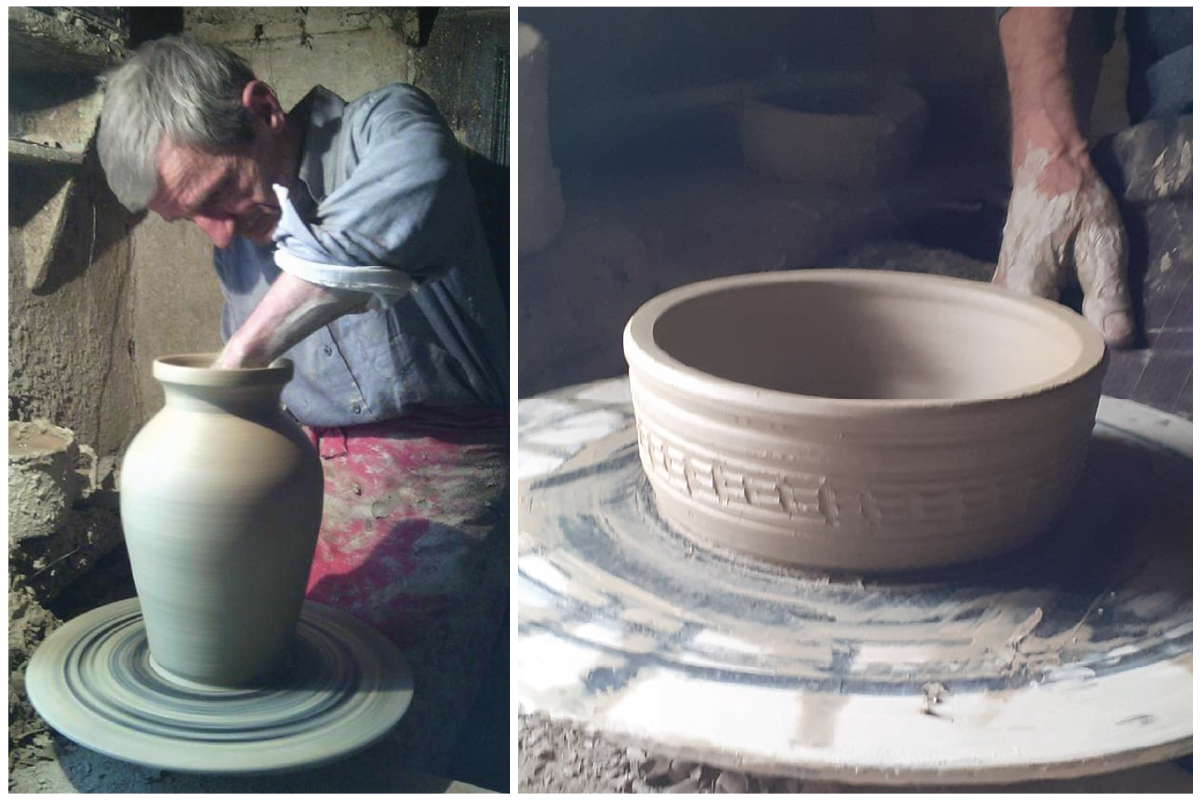
Today, through this craft, Stojan has raised two daughters and takes pride in having fought to survive by creating masterpieces.
We share his story through a conversation with Angelina Milanovska Zapatoska, one of Stojan’s daughters. She tells us that her father learned the craft from his own father, who later made it a means of livelihood.
To master the craft, Stojan postponed his high school education for two years. Later, during Macedonia’s transition period, he lost his job and actively began working in pottery alongside his father until his father’s passing in 2003.
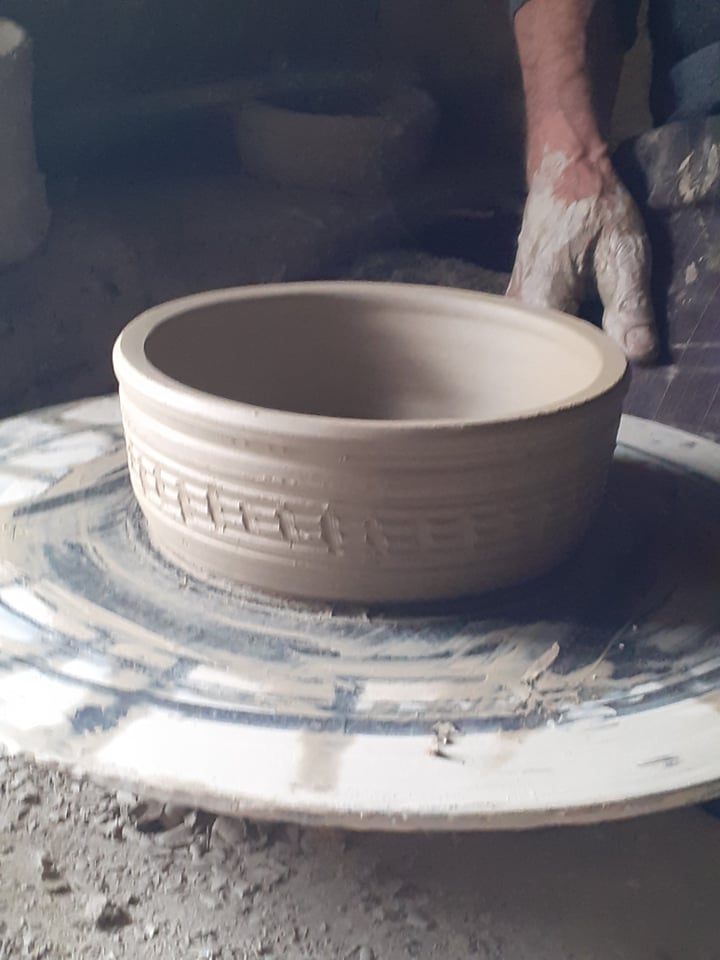
Angelina says that pottery is a family craft and it’s impossible for one person to do it alone. She and her sister grew up helping their father, and their mother also pitches in.
In this craft, every family member has a role, regardless of age. As she explains, pottery cannot tolerate delays — the work must flow continuously.
It’s physically demanding, requiring both strength and precision. The process starts with digging up clay, transporting it to the potter’s workshop, soaking it with water, stomping on it with feet to soften it, grinding it with a roller machine, and kneading it. Only then can the potter sit at the wheel and begin shaping the pieces.
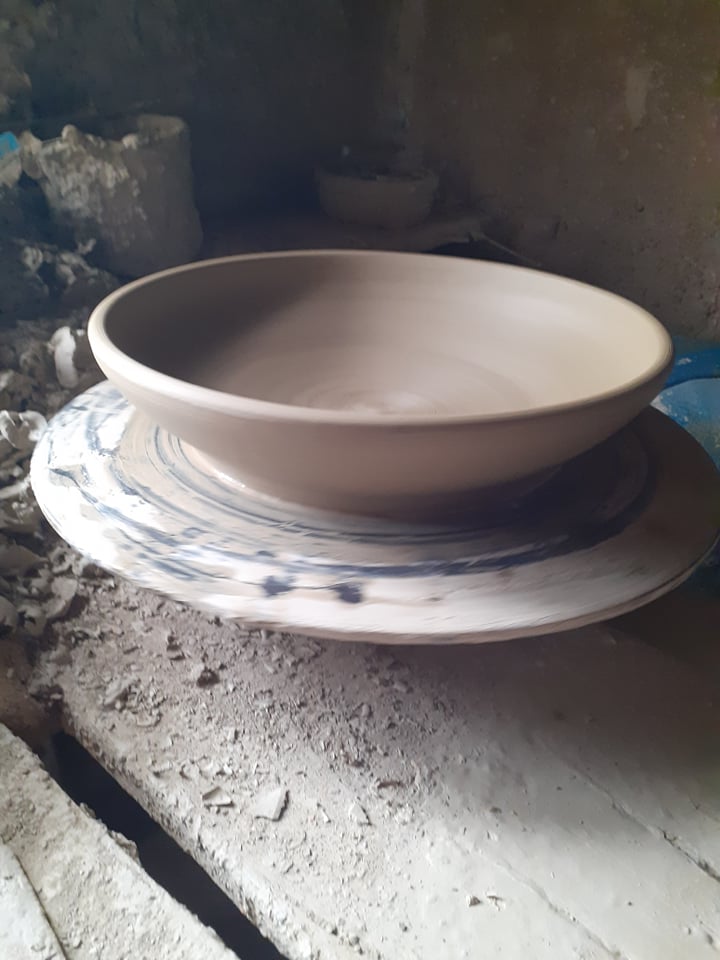
Many pottery pieces aren’t made all at once but through multiple stages, says Angelina. A single product can pass through as many as ten hands before it reaches its final shape and appearance. Sunny weather helps the pottery dry quickly, making them ready for painting and finishing with ceramic colors.
She adds that back when they didn’t have families of their own, she and her sister helped regularly. Nowadays, they assist whenever their time allows.
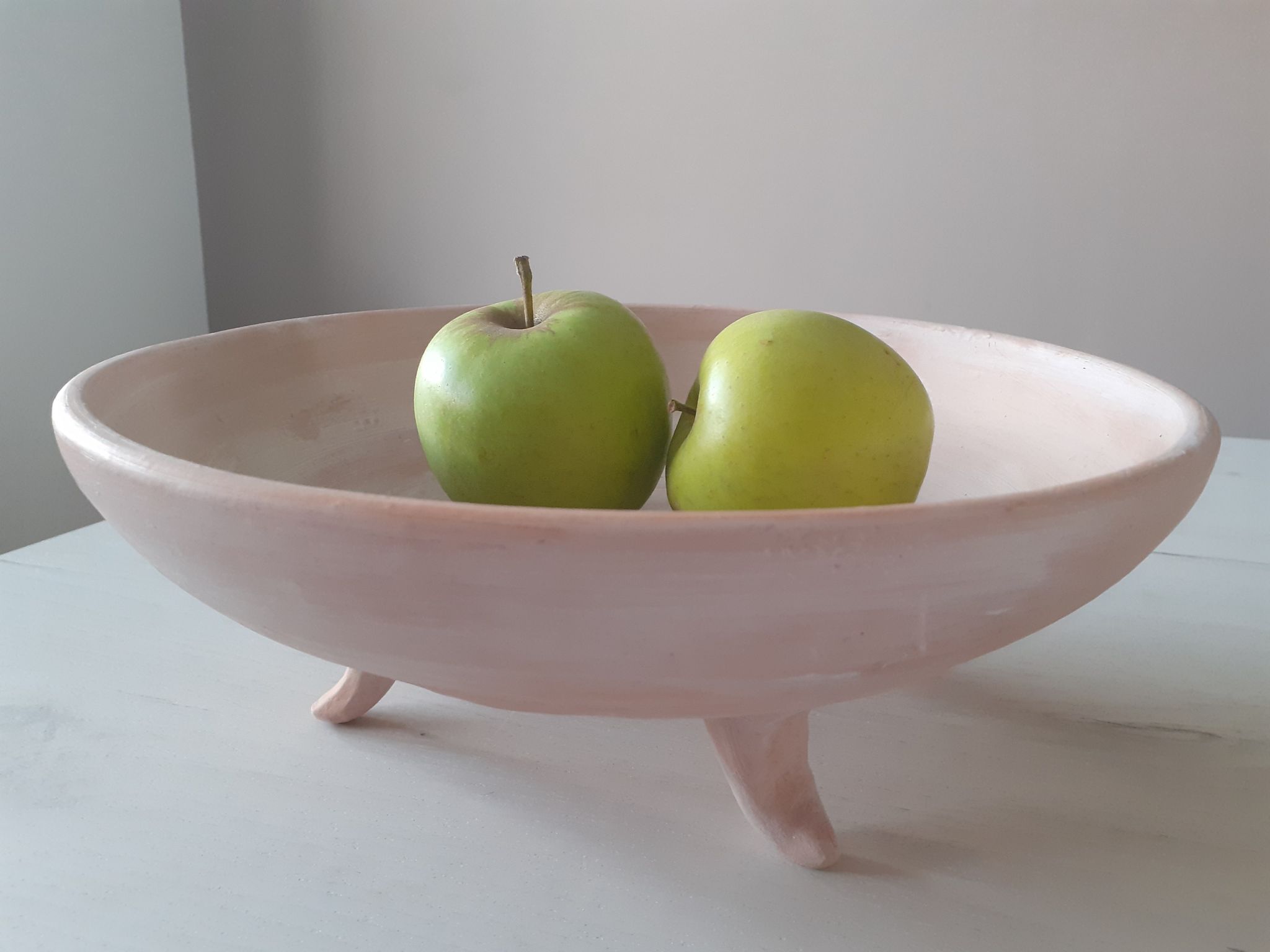
When the potter has made enough pieces, they are glazed and prepared for firing in a wood-fired kiln. The firing lasts 5 to 6 hours and reaches temperatures of at least 700 degrees Celsius.
“In the past, when my grandfather practiced pottery, the most commonly made items were water jars and jugs for fermenting milk. Today, these have lost their original function and are made only as decor,” says Angelina.
In the past, pottery was often exchanged for other goods, such as grain, with villagers from surrounding areas. Before Pentecost, potters would visit villages around Kičevo, Ohrid, Struga, Bitola, and Prilep to offer their products, which were distributed on Memorial Day to save the souls of the deceased.

This tradition is today largely abandoned, and earthenware has been replaced by ceramic products, most often of Chinese origin.
If we look at what is in highest demand, it can be said that these are dishes for tavče gravče (baked beans) in all sizes, pots for cooking beans, and trays for baking food in the oven.
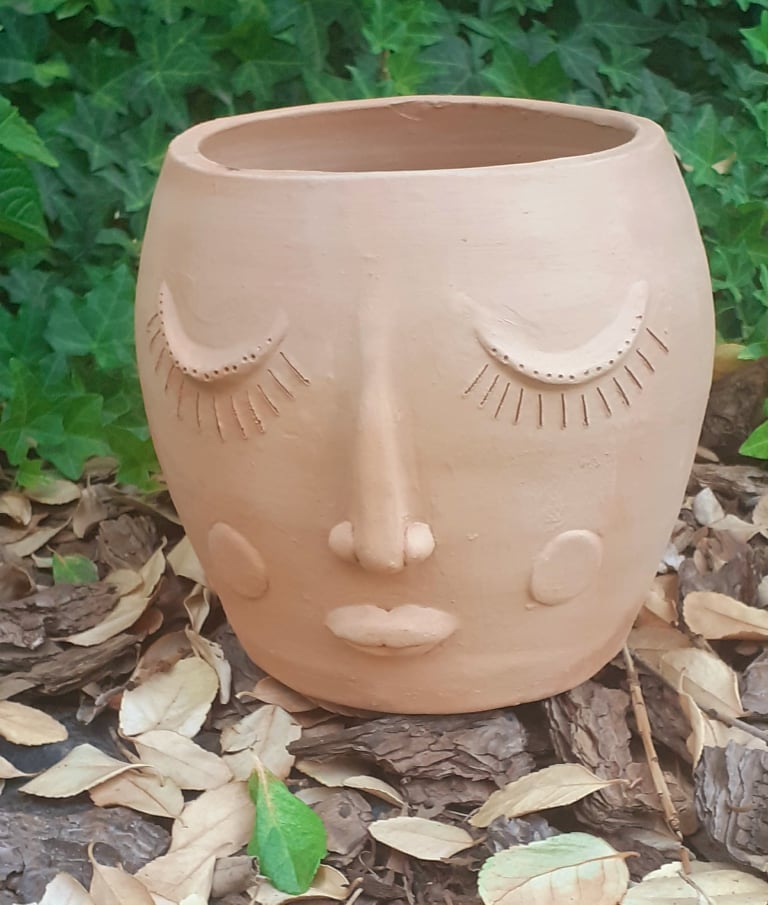
Angelina says that for many years, the craft was their only source of livelihood, and they all worked diligently on orders from merchants in Skopje. Through their father’s hard work, both she and her sister were given the opportunity to pursue higher education — a chance for which Angelina says they will be forever grateful. Her sister is now a lawyer, and Angelina works as a school psychologist.
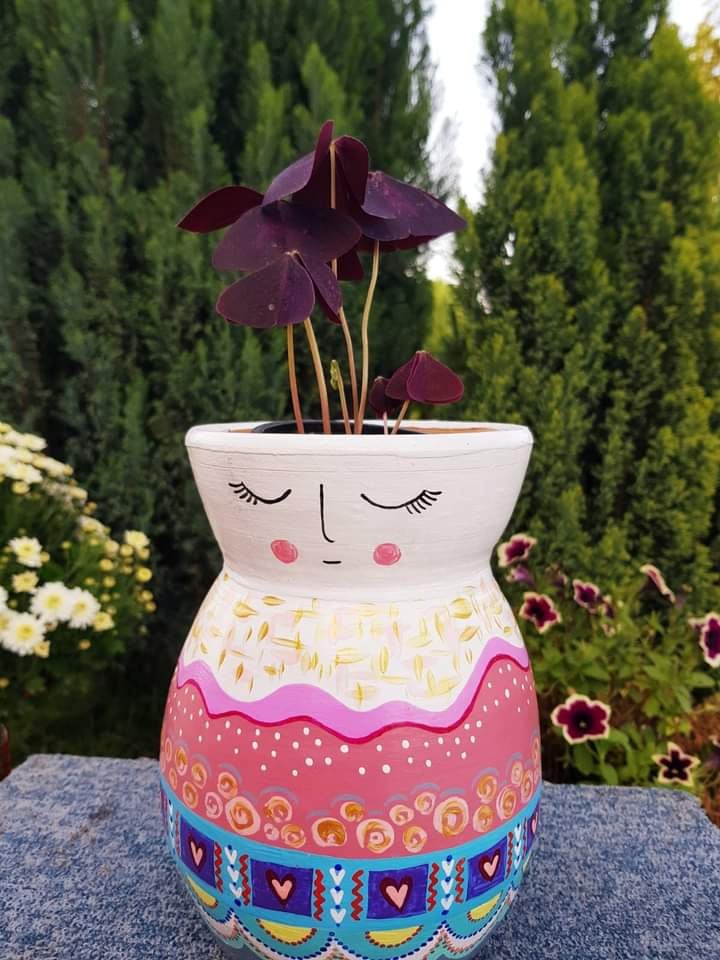
Her artistic talent, expressed in various ways over the years, has in the past two years been transformed into creating personalized hanging clay ornaments. To promote them, she created a Facebook page called ClayArt.
Orders have already started arriving at her address, and she is gradually expanding her range of clay creations. She has also begun designing decorative pots, which she shapes together with her father according to her vision.
Блог
Препораки
Read More
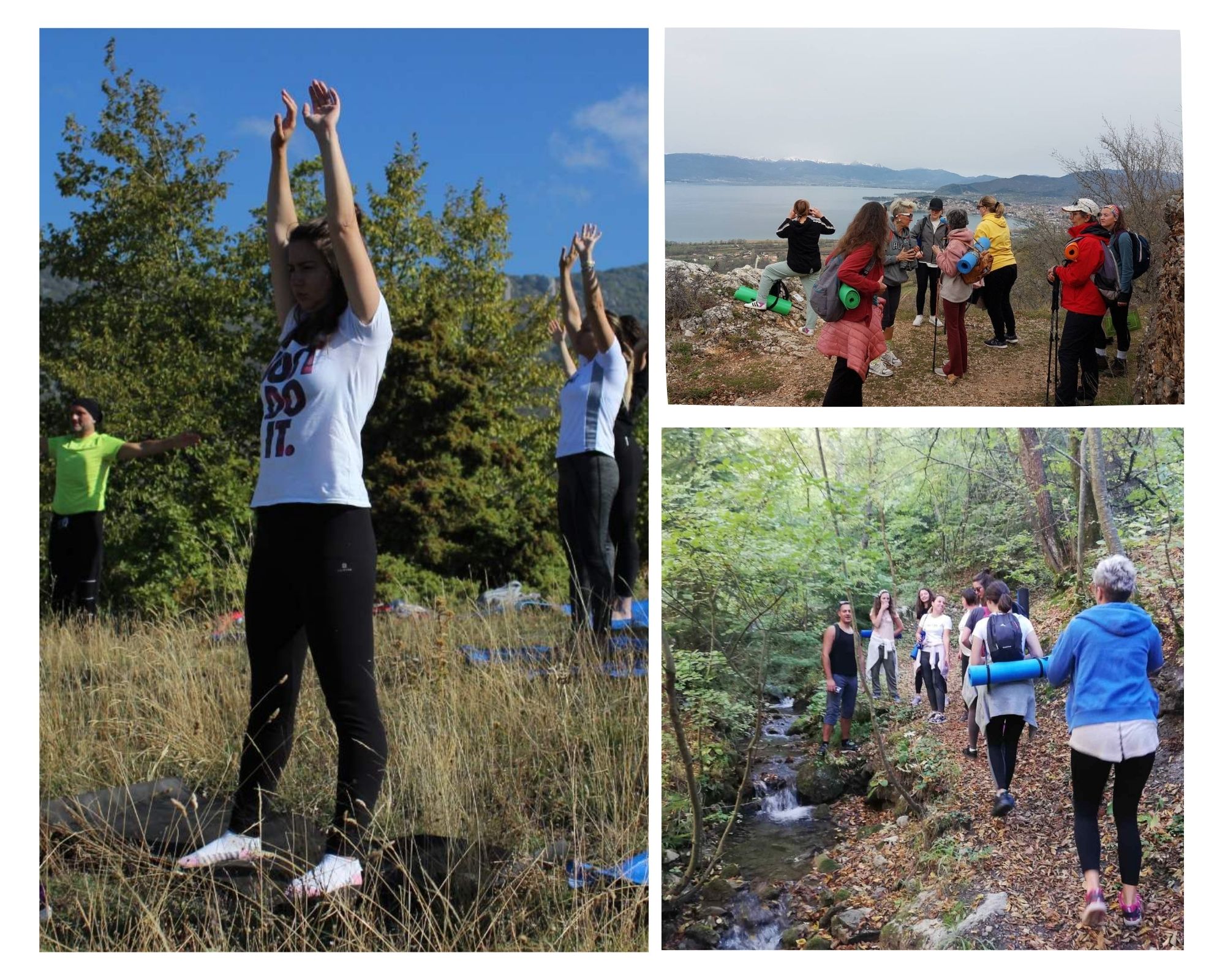
Hristina: How Yoga Prepared Me and the Mountains Awakened Me
"Yoga prepared me, but the mountain awakened me" – Hristina shares her powerful story of transformation, inner peace, and why true freedom is found only by moving through nature.

Secret Santa with Heart: Support Local Producers This Winter
Discover how Secret Santa gifts can be unique and heartfelt – handmade soap, honey, candles, homemade rakija, and other local products that delight and support talented creators.
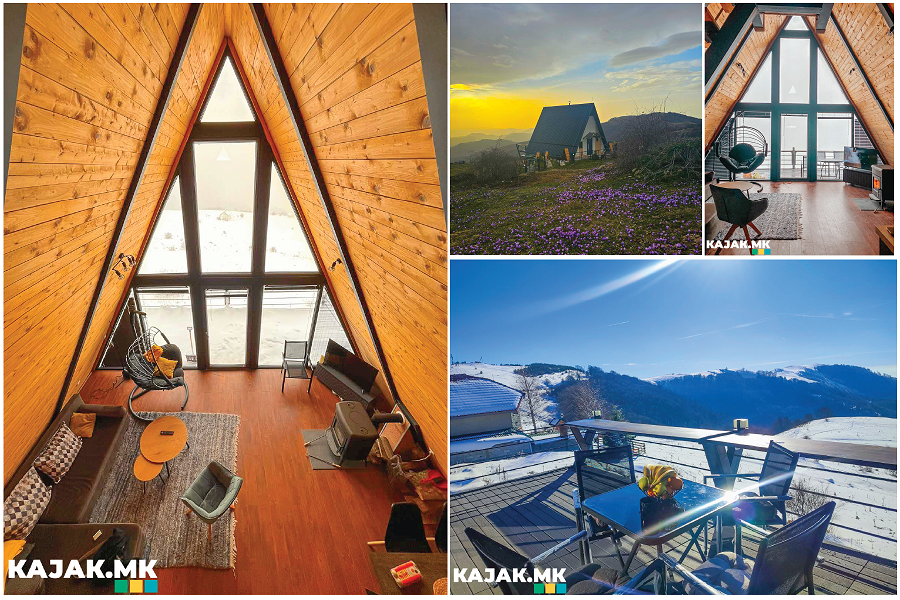
Stay at Ponikva’s Most Unique Wooden Cabin
Wooden Mountain Cabin in Ponikva: A New Spot for a Unique Getaway via Kajak.mk

Winter Activities in North Macedonia
Discover winter activities in North Macedonia – walks in nature, sledding, local food, and relaxing winter getaways. Explore the offers on kajak.mk.
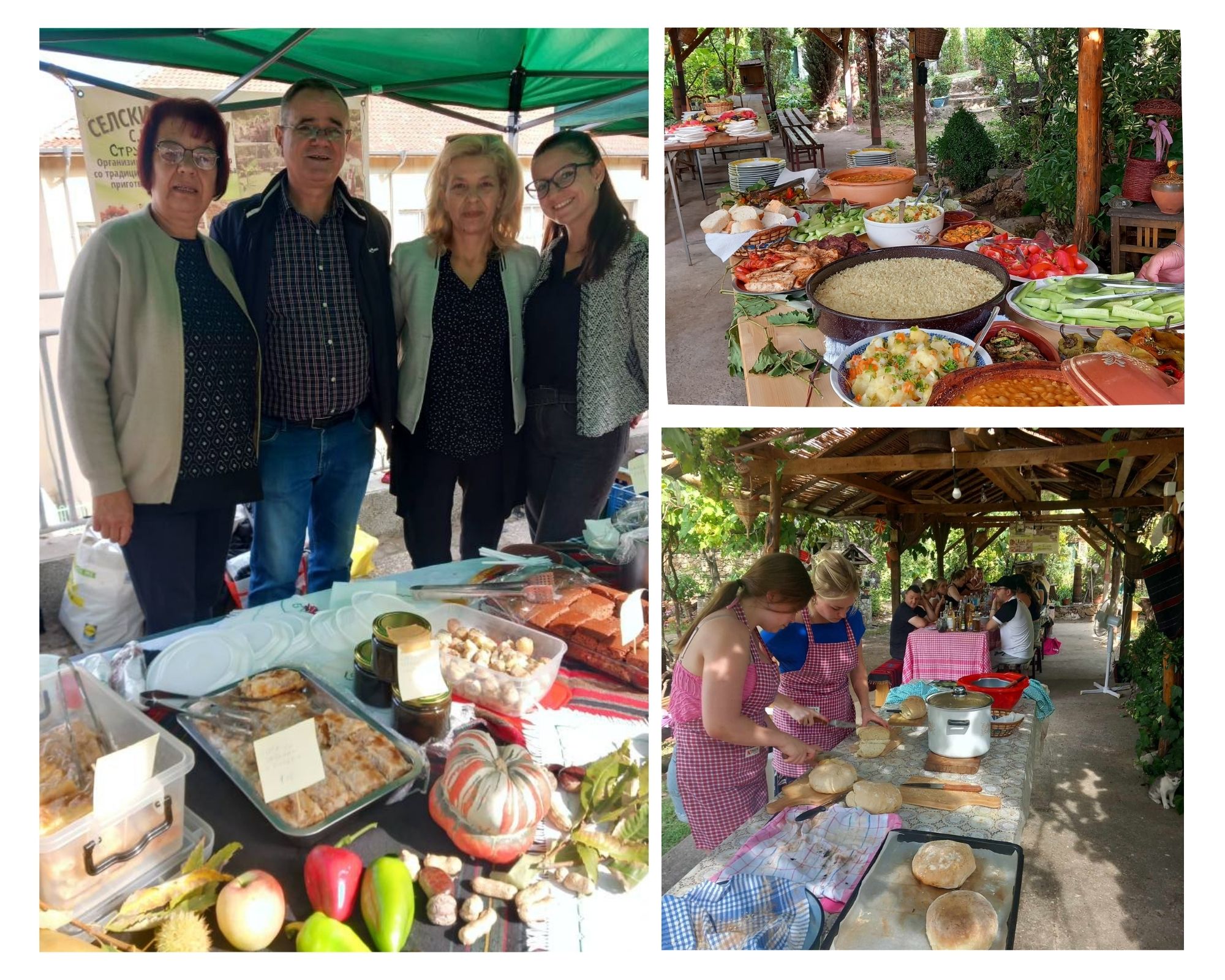
Rural Tourism in Macedonia: Foreign Tourists Experience Authentic Village Life in Gabrovo
Discover the Kostadinovi rural household in Gabrovo, Macedonia. We offer organic food tastings, traditional cooking workshops, and authentic agritourism activities. Experience the rich cultural heritage and local flavors of the Belasica mountain region.

Last-Minute New Year Reservations in Macedonia: Hidden Places Still Worth Discovering
Looking for last-minute New Year accommodation? Discover peaceful mountain cabins, rural stays, and authentic locations in Macedonia offering a true festive atmosphere and flexible reservations.